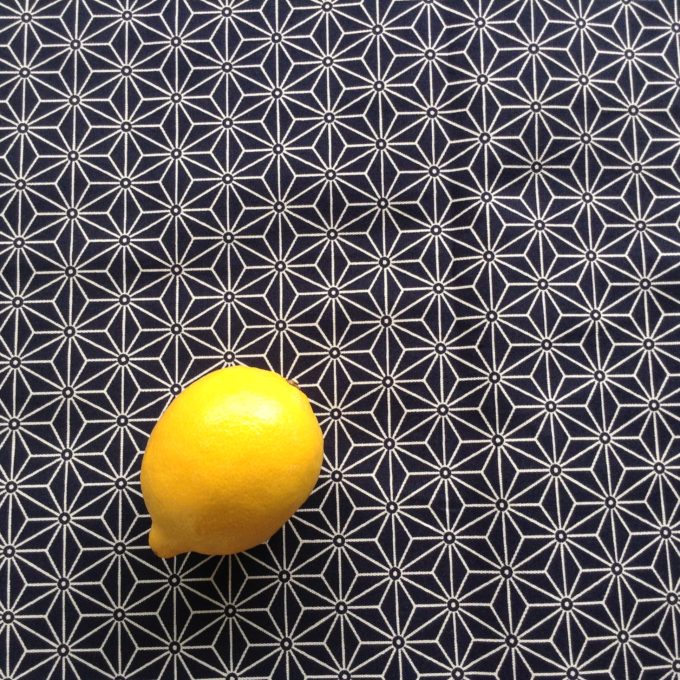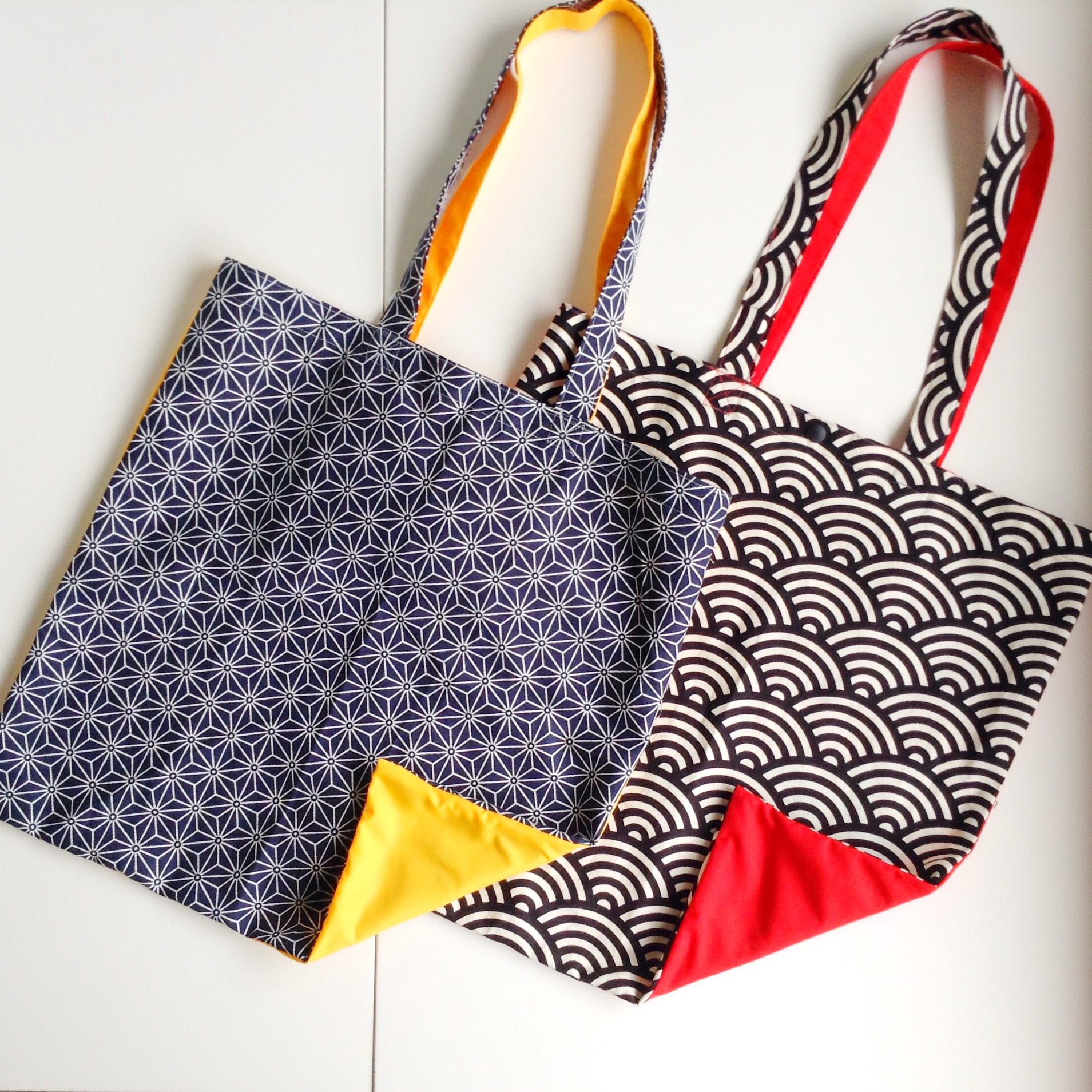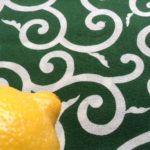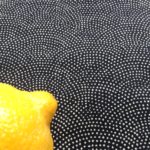
Meaning and History of the fabric patterns/文様の意味・歴史
A hexagonal pattern based on the hemp leaf, repeated as hexagonal stars.
Composed of horizontal, vertical, and diagonal lines, the hemp leaf stars can be linked together in allover patterns.
Source Traditional Japanese Patterns and Motifs
Asa-No-ha, as a pattern is one of the most popular patterns in Japanese culture, often seen on Japanese Kimonos and textiles. It is also found on the clothing of Buddhist statuary of the Heian (794–1185) through Muromachi (1336–1573) periods when the pattern was used for Kirikane ornaments. The design was also popular during the Edo period (1603–1868), when it was promoted by Iwai Hanshirou V.
Beliefs: Because, the hemp plant was known to grow rapidly and straight, the αsa-no-ha pattern was often added in children’s garments to encourage their healthy growth. Also the wives of merchants used to wear cloths with Asa-no-ha patterns to bring good fortune to the wearer.
Source http://www.textileartsnow.com/2014/07/the-japanese-pattern-asa-no-ha-and-how.html
It was often used as a motif on items for babies, as “[p]arents hoped that infants wearing it would develop with the vigor and toughness of the hemp plant.
Source http://www.immortalgeisha.com/wiki/index.php?title=Asanoha
六角形を基本として、水平・垂直・斜線によって構成され、幾何学的に連続させた文様。その形が麻の葉に似ているところからこの名が生まれたと伝えられる。
またこれをいくつか続けたものを「麻の葉繋ぎ」「麻の葉崩し」と呼ぶ。
文化年間(1804-18)に女形で活躍した五代目岩井半四郎が「八百屋お七」役に浅葱(あさぎ)色地、鹿の子絞りの、麻の葉文様(半四郎鹿子)の振袖を着て大流行させた。
また麻は真っ直ぐに伸びるところから、子供の産着や下着に用いられた。
出典 日本の文様
About this fabric/この布地について
Material: 100% Cotton
素材:綿100%
*Meaning & History of SEIGAIHA in details / 「青海波文様」の意味と歴史の詳細:




コメント Leave your feedbacks